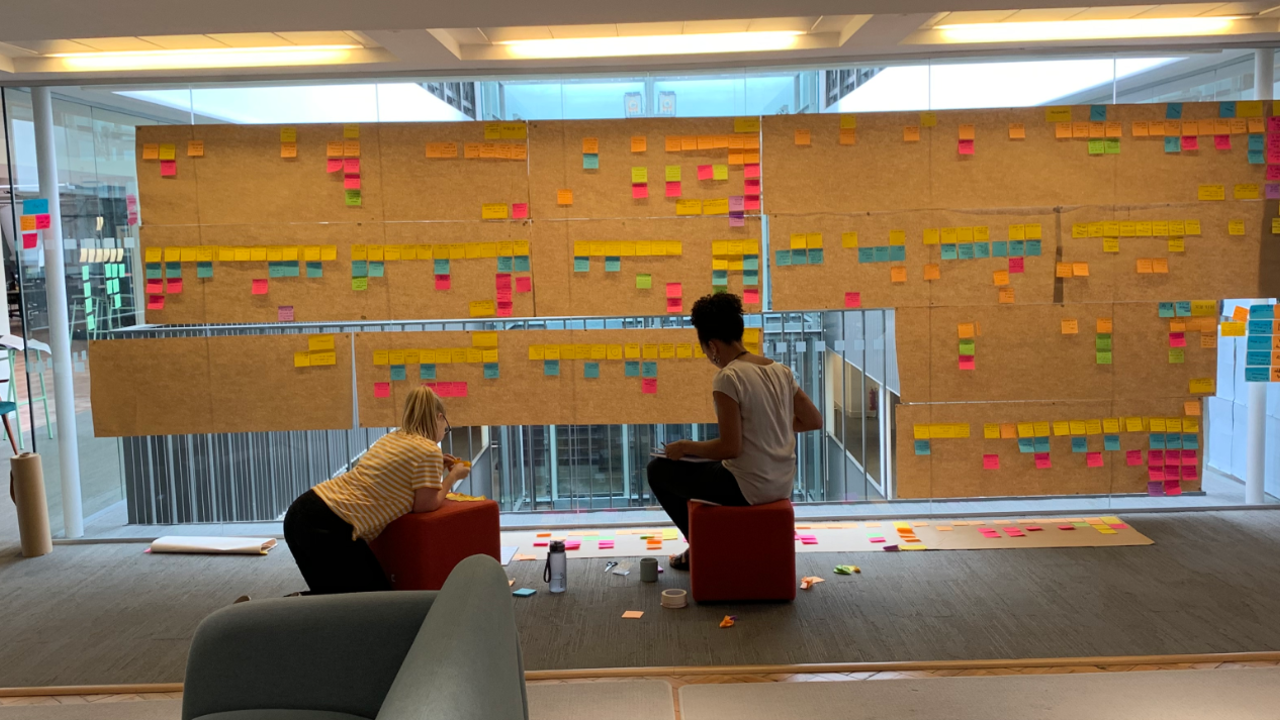
As we approach 2025, Manchester Digital is excited to share Picturing 2025 - a series of essays from our members offering insights into the tech trends and challenges ahead. Below, Pragmatic Partners discuss whether the generative AI bubble will start deflating in 2025.
It’s been nearly two years since OpenAI’s GPT-4 launched the generative AI boom. Predictions of radical, transformational change filled the air. Yet these promises remain largely unfulfilled. Instead of reshaping industries, generative AI risks becoming an expensive distraction - one that organisations should approach with caution.
Incremental gains, not transformational change
Beyond vendor-driven marketing and from those with vested interests, there are still scant examples of generative AI being deployed with meaningful impact. The most widespread adoption has been in coding and office productivity assistants, commonly referred to as “copilots.” However, the evidence largely suggests that their benefits are limited to marginal gains at best.
Most studies on coding assistants report a modest boost in individual productivity. The findings are similar for Microsoft Copilot. A recent Australian Government study highlighted measurable, but limited benefits.
Notably, the study also highlighted training and adoption as significant barriers. Despite being widely in use for years, many organisations still struggle to use the existing Office 365 suite effectively. Learning to craft clear and effective prompts for an LLM presents an even greater challenge, where good results rely heavily on the ability to provide precise and well-structured instructions. A skill that requires both practice and understanding.
Busier at busywork?
These tools are good at helping with low-level tasks - writing simple code, drafting documents faster, or creating presentations in less time. However, they don’t address the underlying reasons for performing these tasks in the first place. There’s a real risk they could encourage more busywork rather than meaningful, impactful change. As the old adage in software development goes, “Typing is not the bottleneck.”
All in all, this is hardly the kind of game-changing impact we were promised.
But they’ll get better, right?
Hitting the wall: diminishing returns
The initial promise of generative AI was that models would continue to get better as more data and compute were thrown at them. However, as many in the industry had predicted, there are clear signs of diminishing returns. According to a recent Bloomberg article, leading AI labs, including OpenAI, Anthropic, and Google DeepMind, are all reportedly struggling to build models that significantly outperform their predecessors.
Hardware looks like it may also be becoming a bottleneck. The GPU chip maker NVidia, which has been at the heart of the AI boom (and got very rich from it), is facing challenges with its latest GPUs, potentially further compounding the industry’s struggles.
Another exponential leap - like the one seen between ChatGPT3.5 and ChatGPT4 - currently looks unlikely.
At what environmental and financial costs?
The environmental impact of generative AI cannot be ignored. Training large language models consumes vast amounts of energy, generating a significant carbon footprint. With each new iteration, energy demands have risen exponentially, raising difficult questions about the sustainability of these technologies.
Additionally, current generative AI products are heavily subsidised by investor funding. As these organisations seek to recoup costs, customer prices will undoubtedly rise. OpenAI has already said they aim to double the price of ChatGPT by 2029.
Advice for 2025: Proceed with caution
Generative AI remains a promising technology, but its practical value is far from proven. It has yet to deliver on its transformational promises and there are warning signs it may never do so. As organisations look to 2025, they should adopt a cautious, focused approach. Here are three key considerations:
- Focus on strategic value, not busywork
Generative AI tools can make us faster, but faster doesn’t always mean better. Before adopting a tool, assess whether it helps address high-impact, strategic challenges rather than simply making low-value tasks slightly more efficient.
- Thoughtful and careful adoption
GenAI tools are not plug and play solutions. To deploy them effectively, organisations need to focus on clear use cases, where they can genuinely add value.Take the time to train employees, not just on how to use the tools but also on understanding their limitations and best use cases.
- Avoid FOMO as a strategy
As Technology Strategist, Rachel Coldicutt highlighted in her recent newsletter, "FOMO Is Not a Strategy". Rushing to adopt any technology out of fear of being left behind is rarely effective. Thoughtful, deliberate action will always outperform reactive adoption.
By Rob Bowley, Director, Pragmatic Partners








